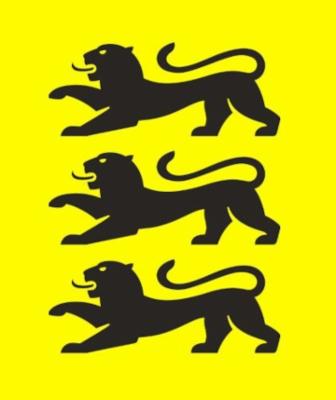What tax relief is available for architectural and cultural monuments as well as for buildings in redevelopment areas and in urban development areas?
In addition to direct funding through grants, the preservation of architectural and cultural monuments or of buildings in redevelopment areas and in urban development areas is also taken into account for tax purposes as part of the income tax assessment.
In order to be able to claim the tax benefits for monument protection and preservation, etc., you need a special tax certificate from the monument authority in the original, which you may have to present to your competent tax office.
The certificate can only be issued for certain architectural and cultural monuments and only for certain measures:
- Beneficiaries are production costs on buildings in redevelopment areas and urban development areas as well as on architectural monuments that lead to income (e.g. business enterprise, freelance profession, agriculture and forestry, renting and leasing). The taxpayer can deduct up to nine percent in the year of construction and in each of the following seven years and up to seven percent in each of the following four years (§§ 7h and § 7i of the German Income Tax Act (EStG)).
- The following deductions apply to maintenance expenses
- Income-related expenses or business expenses
- Immediate deduction in the year of payment
- Spread over two to five years (§ 11b EStG).
- If the purchaser uses the modernised condominium or building in a redevelopment area or an urban development area or in a listed building for his or her own residential purposes (i.e. not for the purpose of generating income), he or she can deduct the part of his or her acquisition costs that is attributable to the modernisation measures carried out after the conclusion of the purchase agreement as special expenses within the scope of § 10f (1) EStG. The taxpayer can claim up to nine percent as special expenses under § 10f EStG in the year of construction and in each of the following nine years.
- The following deductions apply to maintenance expenses
- Special expenses deduction in the amount of 90%. of the expenses
- Distribution over 10 years with 9% each year (§ 10f EStG).
- Beneficiaries are production and maintenance measures on a cultural monument that does not belong to any type of income and is not owner-occupied as well as, under certain conditions, expenses on other cultural assets worthy of protection (e.g. horticultural, structural and other assets, furniture, works of art and art collections, scientific collections and archives in private assets). The expenses can be deducted as special expenses in the year in which the measures are completed and in each of the following nine years up to a maximum of nine percent (§ 10g EStG).
Procedure
When carrying out the assessment for income tax, the tax office checks whether the tax law requirements for claiming the tax relief under the Income Tax Act are met.
In the income tax assessment, you can claim the increased deductions or the amounts deductible as special expenses for the first time in the assessment period in which the tax-privileged construction measure is completed. In the case of a construction measure that extends over several years, the date of completion of the entire measure is therefore decisive.
Note
The acquisition costs for a listed building are not eligible, but the maintenance and modernisation expenses to be treated as production costs after conclusion of the purchase contract are.
Further information on the application procedure can be obtained from the relevant monument authority
